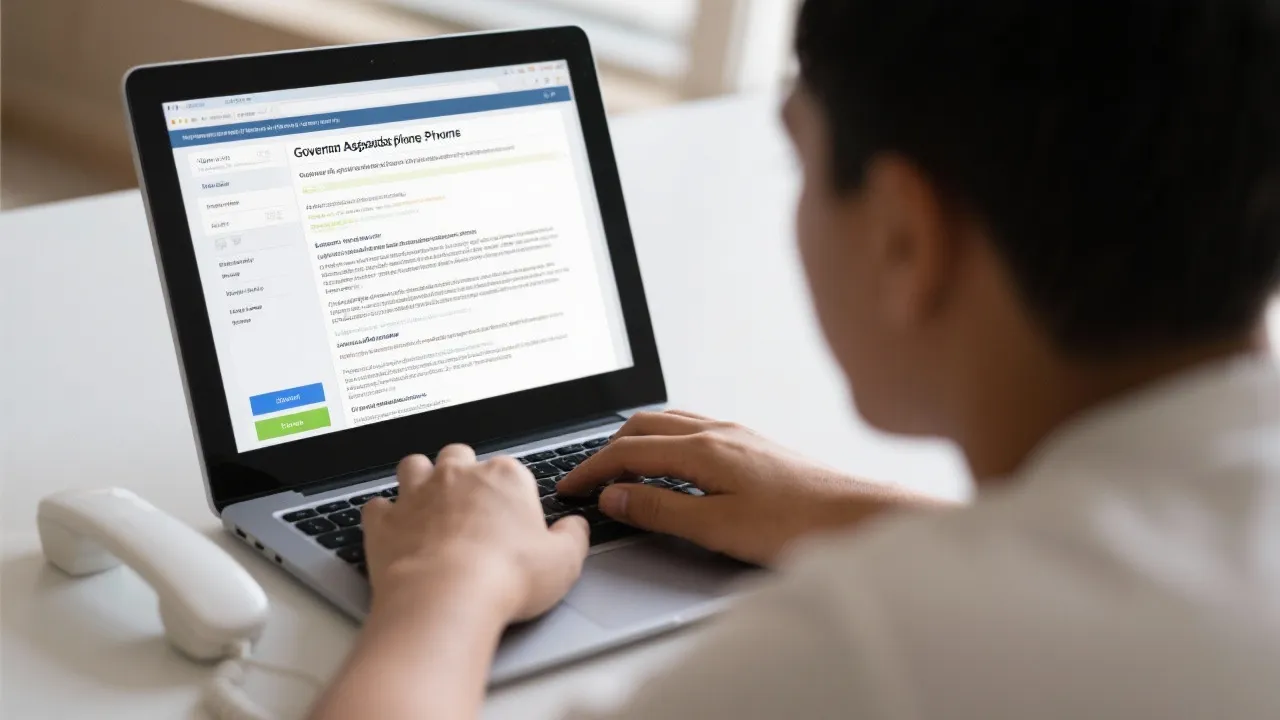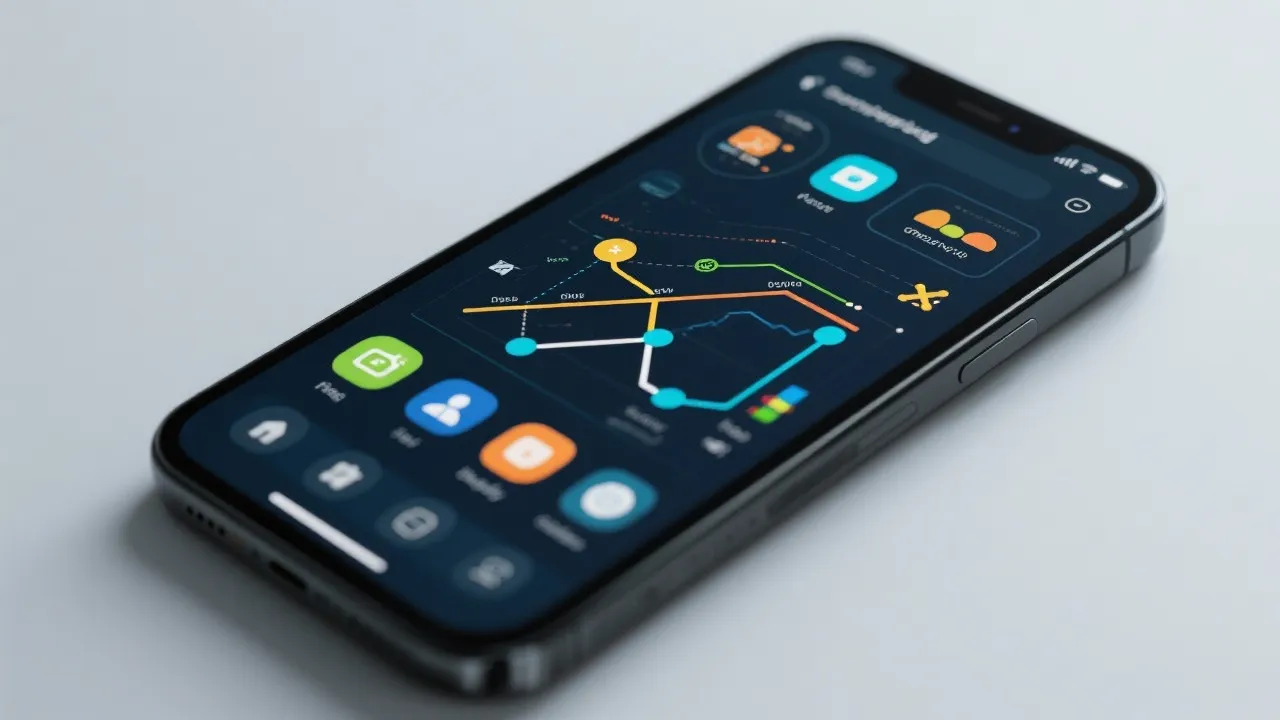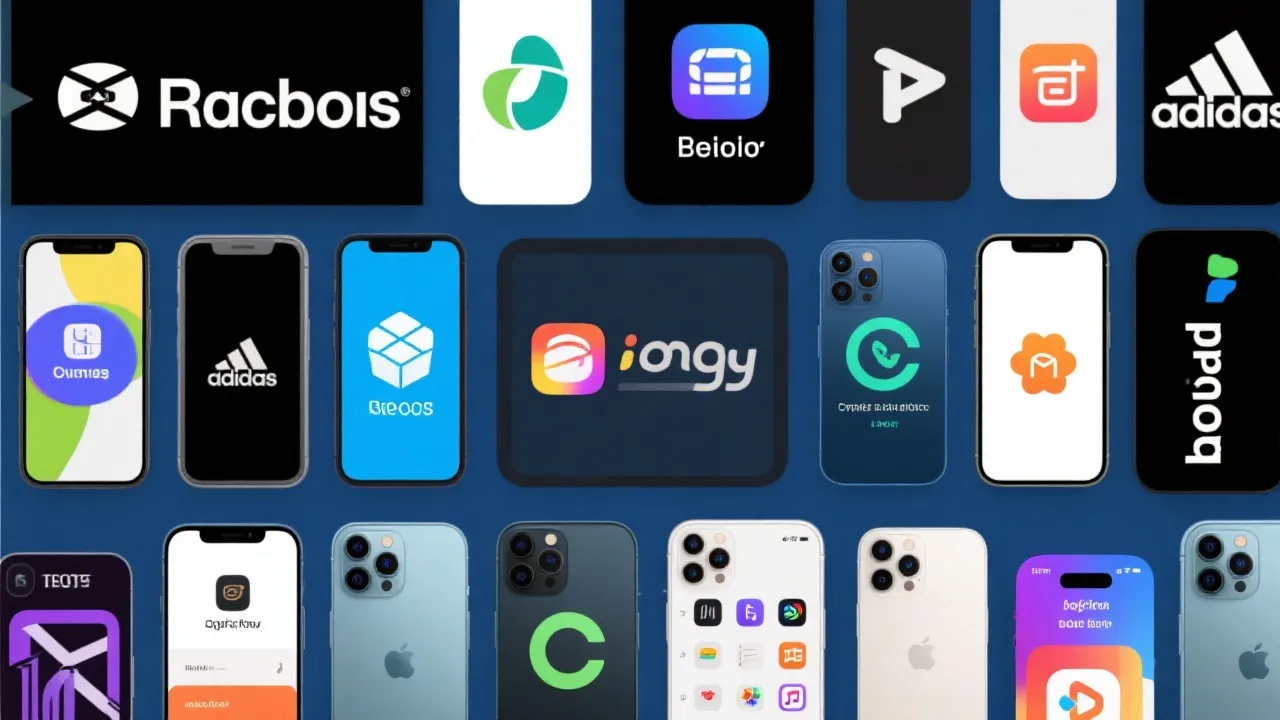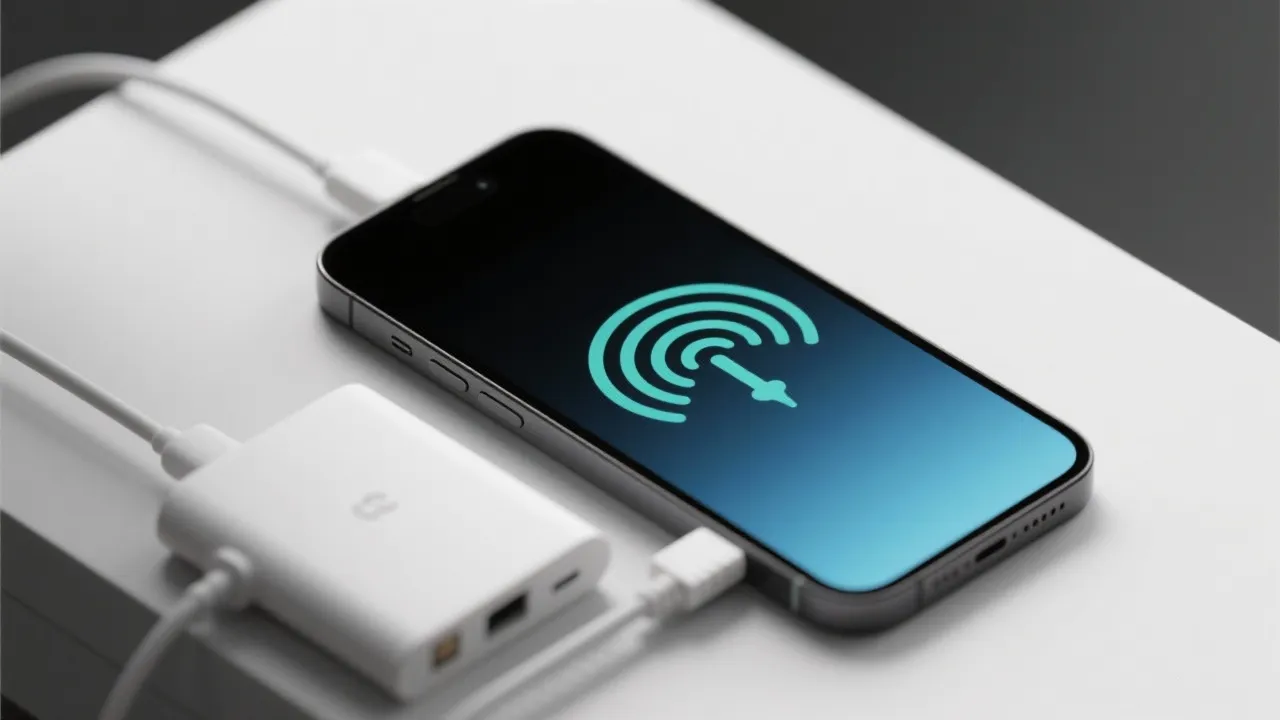Navigating Government Phone Programs
This guide explores how to obtain a government-supported phone service. Known for providing essential mobile services to eligible individuals, these programs ensure connectivity without financial burdens. Various providers offer different benefits, including voice, text, and data services. The article examines the requirements and application processes for these services, empowering readers with vital information.

Understanding Government Phone Programs
In today's digital age, staying connected is crucial, and for many, accessing mobile communication services independently proves challenging. The rapid evolution of technology and the internet has transformed how we connect with others, access information, and conduct business. However, segments of the population—particularly low-income individuals and families—struggle to afford necessary communication tools like mobile phones and internet services. Government-supported phone programs exist to bridge this gap, providing access to essential mobile services for individuals who meet specific criteria. These initiatives aim to eliminate barriers to communication by offering voice, text, and data plans that cater to various needs.
The significance of these programs extends beyond mere connectivity; they play a vital role in ensuring that everyone has access to social services, employment opportunities, educational resources, and essential emergency services. For example, access to a mobile phone can empower job seekers to apply for positions, participate in interviews, and communicate with potential employers, all of which are critical in today's competitive job market. Moreover, these services allow individuals to stay connected with family and friends, which is fundamental for mental well-being as well.
Key Providers in Government Phone Programs
Several service providers, sponsored by government initiatives, offer mobile plans that align with eligibility requirements. These programs ensure that those who qualify can maintain connectivity without financial strain. Below is an overview of five notable providers:
| Provider | Services Offered | Additional Costs |
|---|---|---|
| SafeLink Wireless | Affordable smartphone, or bring-your-own-device options, with unlimited text, calls, and data | Device upgrades and additional data |
| Assurance Wireless | Affordable Android smartphone, unlimited talk and text | High-speed data and international services |
| StandUp Wireless | Affordable smartphone or BYOD options, unlimited talk and text | Premium phone upgrades and extra data |
| Access Wireless | Unlimited voice, text, and limited high-speed data | Data boosts and device upgrades |
| True Wireless | Affordable government-supported phones with voice and data | Device upgrades and additional data plans |
Source Links:
Eligibility and Application Process
The eligibility criteria for obtaining a government-supported phone are primarily income-based. Applicants must meet federal or state-specific income guidelines or be participants in recognized assistance programs such as Medicaid, SNAP, SSI, or FPHA. Residing on Tribal lands may offer additional benefits due to specific support infrastructure in these areas.
Understanding the income thresholds can be crucial, as these can vary significantly across different states and municipalities. For instance, some locations may have additional allowances for household size, meaning a larger family might qualify even if their individual income is higher than the standard limit.
Steps to Apply:
- Visit the chosen provider's website and fill in the online application form.
- Provide documentation as proof of eligibility—this may include proof of income or participation in qualifying programs. Documentation can include but is not limited to pay stubs, tax returns, or official letters from government assistance programs.
- Submit the application for review. After submission, providers typically take a few business days to process applications; applicants should be prepared for this waiting period.
It's also worth noting that some providers might offer dedicated customer service lines to assist applicants through the process, particularly those who may not be as comfortable with online applications. Accessibility and support can significantly impact the experience of potential users, especially for the elderly or those with limited digital literacy.
FAQs
- What is the primary benefit of a government-supported phone service?
These services help maintain essential communication channels, allowing users to stay connected for personal, educational, and work purposes without financial burden. The ability to communicate can lead to improved social interactions and access to necessary resources, ultimately enhancing the quality of life for users. - Can I bring my own device when applying?
Yes, many providers support a bring-your-own-device option, making it convenient to integrate these services with existing phones. This flexibility can potentially reduce costs for users, allowing them to continue using their preferred devices while still accessing the benefits of government-supported programs. - What additional costs might I incur?
Additional costs typically relate to device upgrades or the purchase of supplementary data beyond the provided package limits. Understanding these potential costs upfront can help users make informed decisions about their communication needs and budget accordingly. - Are there any geographical limitations to these programs?
Yes, government phone programs often vary based on geographic location. Some states or regions might not have all of the providers listed, and the specific services offered can differ greatly depending on local agreements and infrastructure. It’s essential for applicants to check which providers operate in their area before applying. - How often can I apply for a government-supported phone?
Typically, individuals can apply for these services as long as they meet the eligibility requirements. However, if a current service user no longer qualifies due to income changes, they should update their information or re-apply based on the latest eligibility criteria.
Impact of Government Phone Programs
Government phone programs play a crucial role in ensuring that every household maintains the privilege of connectivity. By understanding the services offered and the application process, eligible individuals can make informed decisions that suit their communication needs. Beyond just providing phones, these programs enhance the lives of countless individuals by delivering the means to access vital services.
Furthermore, the digital divide—particularly among low-income communities—can lead to a host of socioeconomic issues, including limited access to education, employment opportunities, and healthcare. The presence of accessible communication tools enables more equitable access to necessary resources, breaking down barriers that many face when trying to improve their circumstances.
Case Studies and Testimonials
Real-life stories often illustrate the positive impact of government phone programs. For example, consider Maria, a single mother of two who was struggling to maintain employment while also attending community college. After enrolling in a government-supported phone program, she received a smartphone that allowed her to communicate with her employer, coordinate her schedule, and access educational resources online. This connection played a critical role in her success, ultimately leading to a full-time job that put her on a path to financial stability.
Another compelling case is that of John, an elderly man living alone who found it challenging to navigate healthcare services. By receiving a government-supported phone, he was able to set appointments, contact family members, and even seek help in emergencies. The increased connectivity significantly improved his quality of life, reducing feelings of isolation and ensuring he had access to necessary medical care.
These testimonials underscore that the importance of these programs transcends mere technology; they represent lifelines for individuals working to improve their conditions and connect with essential services in their lives.
Future of Government Phone Programs
As technology continues to evolve, government phone programs will likely need to adapt to better serve the populations that depend on them. This evolution may involve the incorporation of advanced technologies such as 5G networks, which promise faster internet speeds and more reliable connections. By harnessing the power of new technologies, these programs can help further bridge the digital divide and expand access to valuable resources.
Policymakers play a crucial role in ensuring the sustainability of these programs. Advocacy for continued funding and support at local, state, and federal levels will determine the landscape of communication accessibility in the future. Collaborations with private sector companies may also yield innovative solutions to enhance service delivery and reach more individuals in need.
Community Involvement and Awareness
Raising awareness about government phone programs is equally important. Community organizations and outreach programs can play a pivotal role in informing eligible individuals about the services available to them. By establishing community events or workshops, these organizations can provide valuable resources and training on navigating the application process, understanding eligibility requirements, and maximizing the benefits of government-supported services.
Effective outreach should also involve partnerships with local assistance programs, schools, and healthcare providers to identify individuals who may qualify but are unaware of the available resources. Tailored initiatives can help ensure that the most vulnerable populations are reached, including those in rural areas, minority communities, or individuals with disabilities.
Conclusion
Government phone programs are not just about providing devices; they represent an essential service that promotes equity and empowerment among low-income individuals and families. By facilitating connectivity, these programs can open doors to opportunities that were previously inaccessible to many, enhancing their ability to engage in society fully. The journey toward understanding these programs—its various providers, eligibility requirements, and application process—will enable users to take action and gain access to vital communication services.
The ongoing challenge will be to keep these programs relevant as technology evolves and community needs change. Engagement, advocacy, and awareness will be key in supporting these initiatives and ensuring they continue to serve those who rely on them the most
Disclaimer
The above information is derived from available online resources as of October 2023. This website doesn't guarantee that all applicants will successfully acquire a government-supported phone. Applicants are encouraged to refer directly to the providers' guidelines for precise application details. This webpage will not be updated in real time.
-

A Guide to Cost-Efficient Small Electric Cars for Seniors
-

Mastering Debt Consolidation: Boost Your Credit Score and Manage Interest Rates
-

Your Guide to Loans, Credit Checks, and Interest Rates
-

Affordable Independent Living: Finding the Right Senior Housing
-

Guide to Senior Living Apartments: Affordable and Comfortable Environments










